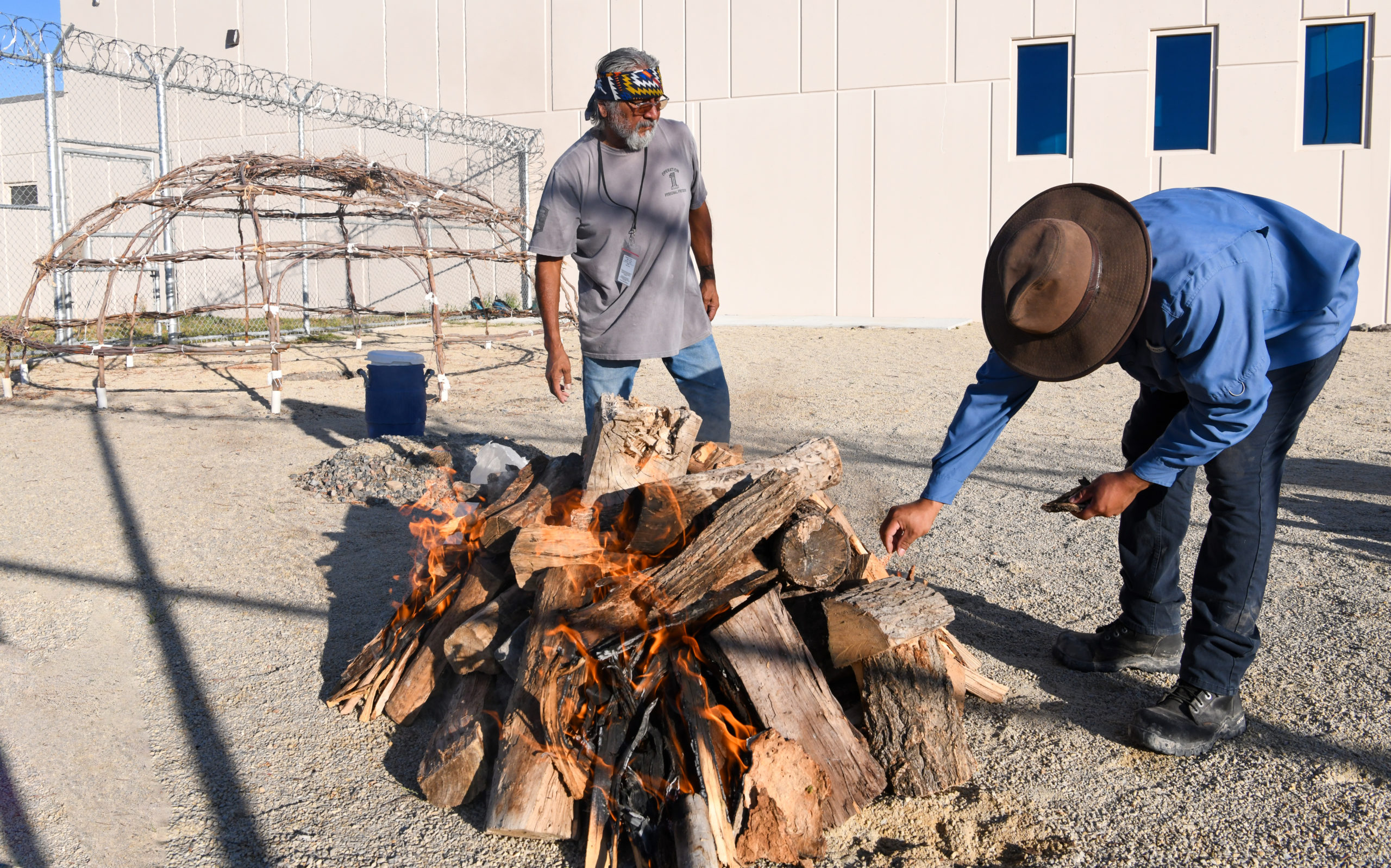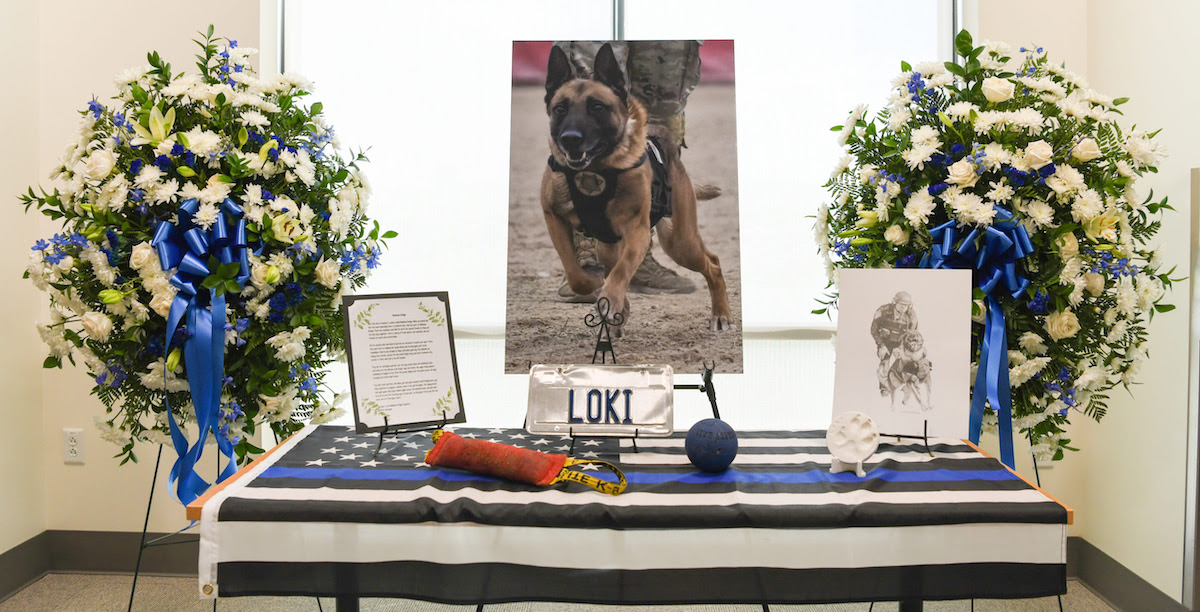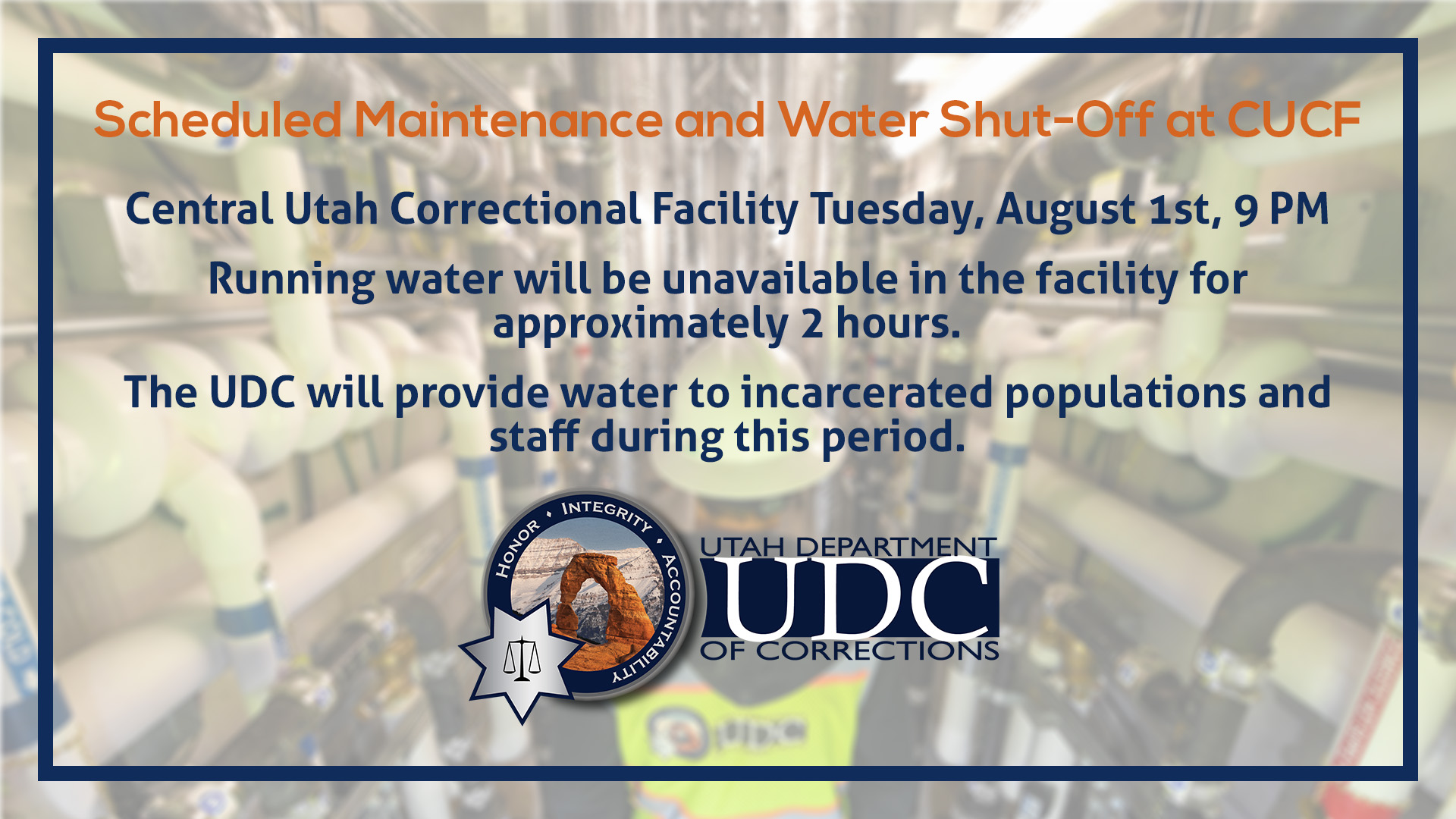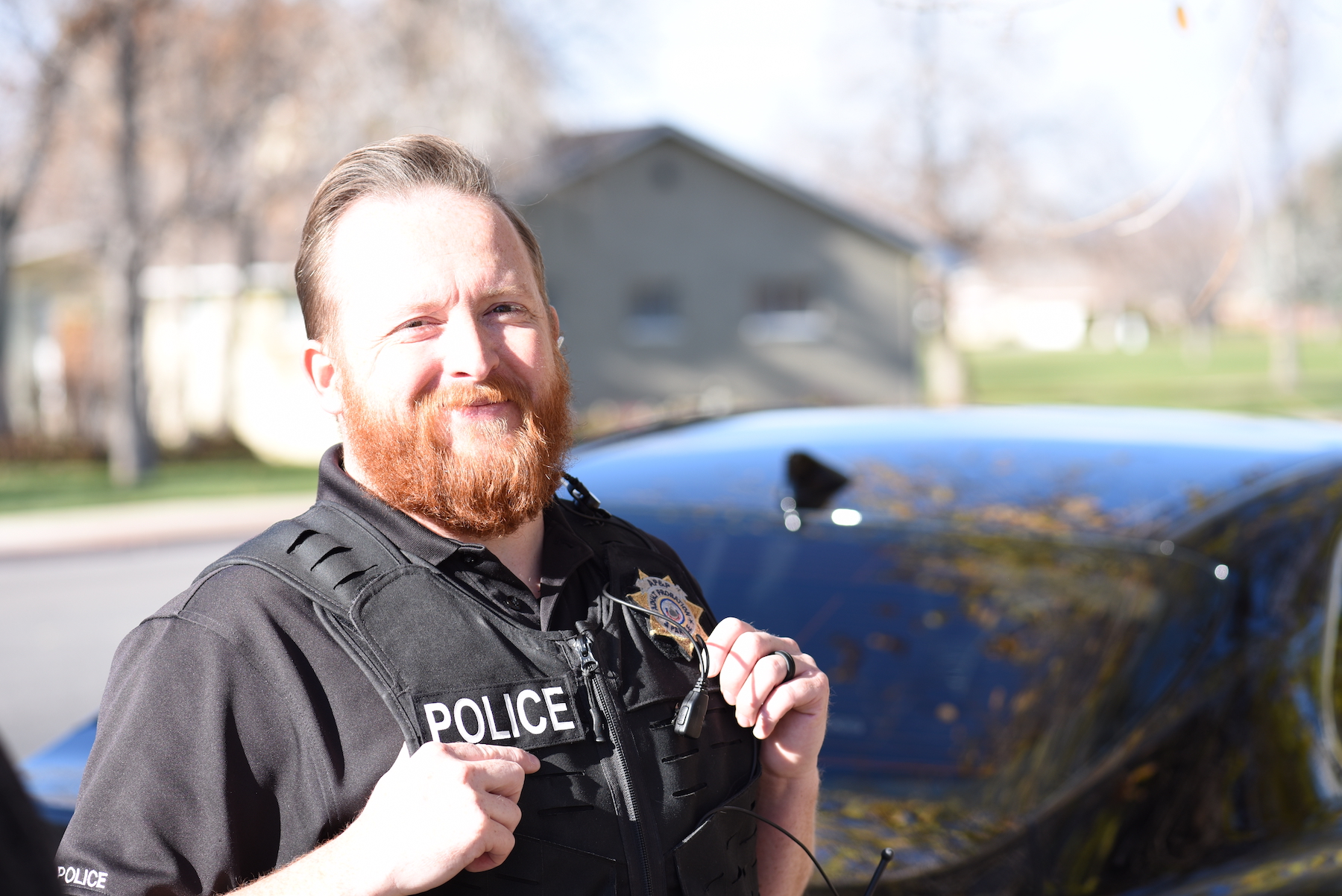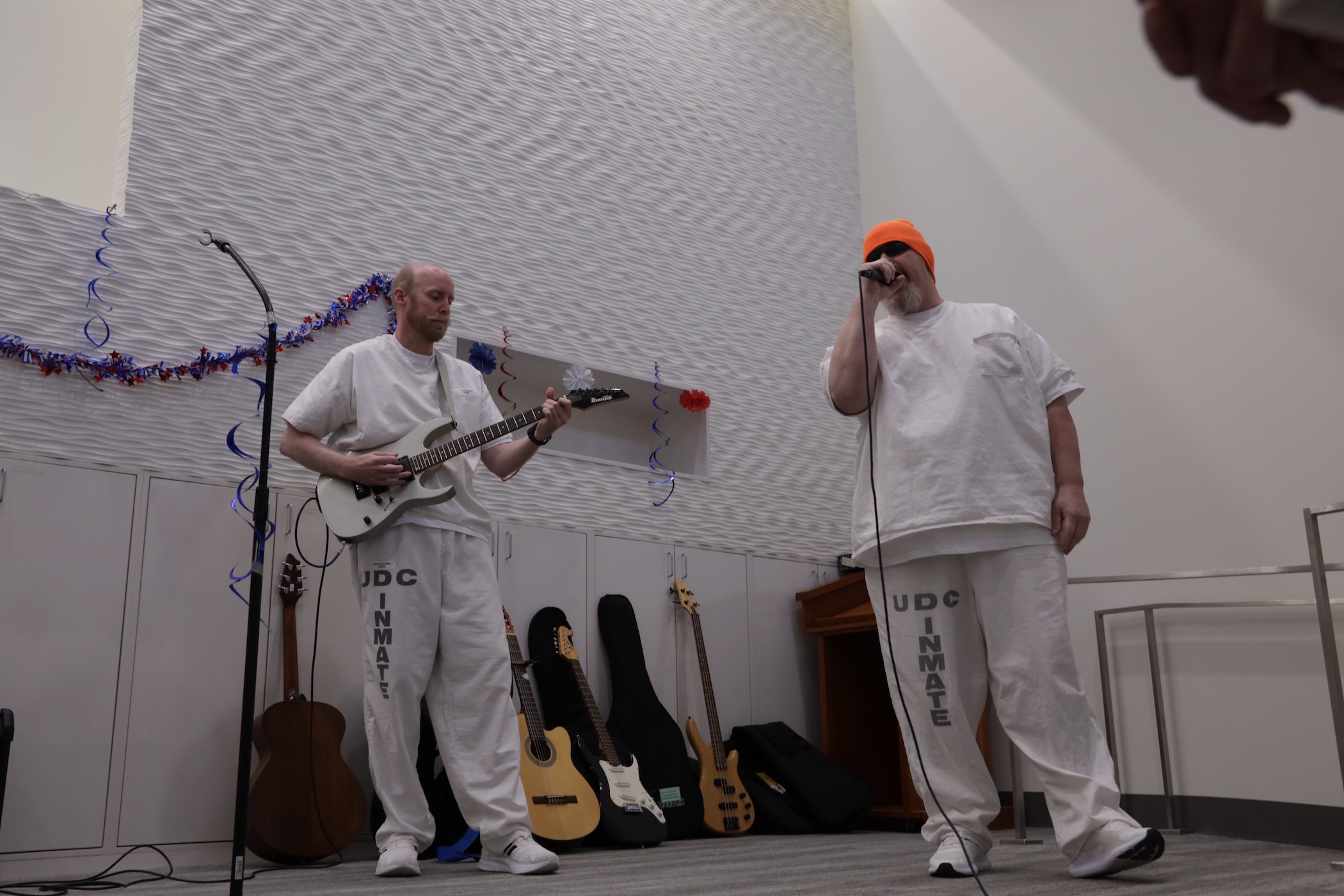14 Aug Inaugural Sweat Lodge Ceremony at Green
Thanks to the help of volunteers and incarcerated individuals, the Green housing unit at the Utah State Correctional Facility held its first sweat lodge ceremony recently. A sweat lodge is a ceremonial structure used by various indigenous cultures for spiritual and healing purposes. It is typically a dome-shaped hut made from natural materials like wood and covered with blankets, skins, or other insulating materials. The primary purpose is to create a sacred space where participants can engage in a ritualized sweat ceremony, often involving physical and spiritual purification. “To me, the way I was raised, this is our way of life,” said volunteer Stephen Todachiny, who helped gather the materials and lead the ceremony. “Other denominations have their services and prayers, and this is our service and prayers. “I think it’s a very important part of their spirituality. To maintain balance,” Todachiny added. “A lot have drifted away from the “Red Road” (a balanced life path) and are looking to get back to that.” The frame is usually constructed using flexible young saplings, in this case willow. They were bent into shape and anchored into the ground. Prior to the ceremony, participants used blankets and tarps to cover the structure. Volunteers, including Todachiny and “Xochi,” built a fire to heat rocks, which were eventually placed in a pit in the center of the lodge. Water was poured over the heated rocks to create steam. Participants first gathered in a prayer circle, expressing themselves to the group. They then proceeded into the lodge. For many indigenous communities, participating in these ceremonies helps to maintain cultural traditions, strengthen communal bonds, and pass down teachings from one generation to the next. Julie Hauser, Ethnic Minority Resource Sergeant at USCF, noted that such services are heavily dependent on volunteers such as Todachiny. “Our volunteers for the Native American religious services play a vital role in preserving cultural and spiritual connections, fostering a sense of identity and community, and contributing to inmates’ overall well-being and rehabilitation,” she said. Communication Office, Liam Truchard...

